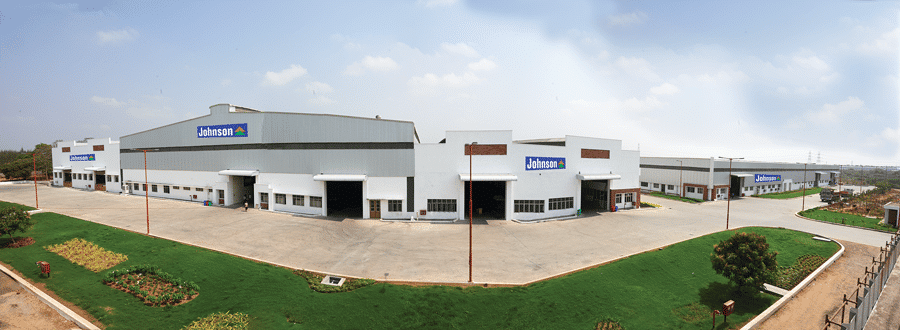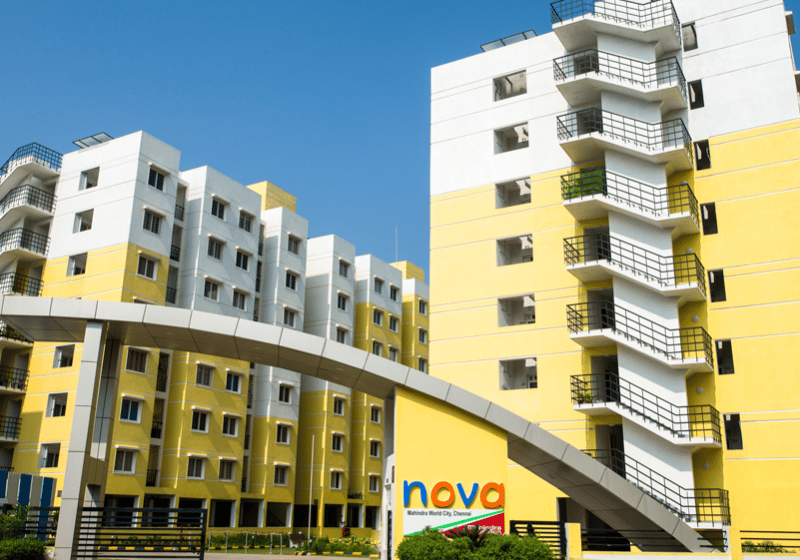The Significance of Project Management
Mar 3, 2021

Breaking down an important role
Project management is a fascinating concept that brings both cheers and challenges. Each manager needs to be treated or designated as the CEO of a particular mission. The title provides quite a lot of responsibility in allied management functions to achieve a mutual winning concept for the contractor and customer.
The perfect time to have a project manager or lead onboard is the tendering phase and subsequent full-time project involvement. The project-management scope, by and large, has many branches. The major ones are:
Scope/specification/safety/quality management
Logistic management, including deliveries, and storage/cost management
Human-resources/tool, time and communication management
Risk/variation/receivable management
A startup or kickoff meeting with major stakeholders is the perfect way to commence a project, wherein the scope of the above subclauses can be discussed and agreed upon to eliminate later disputes. After this, a detailed baseline project schedule in either Microsoft Project or Primavera covering major activities like submissions, deliveries, assembly, testing, inspections and handover, along with the time scale, has to be prepared and agreed on by both parties. In continuation, a periodic review of such baseline activities with all relevant stakeholders is mandatory for smooth project flow.
Further detailed process controls for safety, quality and logistics plans; method statements; cash flow; and other items, along with a project organization structure, should be ensured prior to the deliveries. It will be challenging for the project lead or manager to keep track of all the above clauses to ensure successful project completion, since dragging the pace in any one may result in serious commercial impact, either for the contractor or the customer.
In successful project management, the project-closing review is an activity wherein the project manager and stakeholders will be apprised of the project’s best practices and areas that need improvement, if any, during the complete project cycle. So, the outcome of successful project management is to ensure mutual benefit/profit for both the contractor and customer.
Urbanization is rapidly spreading across our country and, with it, the construction industry. Metropolises have reached expansion saturation, and Tier-2 cities are fast approaching toward it, as well. Small and midsized Tier-3 cities are quickly springing up as newer pastures for growth. This shift in urbanization has driven growth in the building industry.
Medium- and high-rise buildings have dotted the skylines of these once low-rise towns. Metros, malls, multiplexes, airports, supermarkets, etc. have become the new normal. This urbanization sparked the growth of the vertical-transportation market in India over the last decade, which now stands as 75,000 units per annum with a sales revenue of INR100 billion (US$1.3 billion). The size and demand of the market has injected opportunity and growth for elevator and escalator companies in India.

Get more of Elevator World. Sign up for our free e-newsletter.






